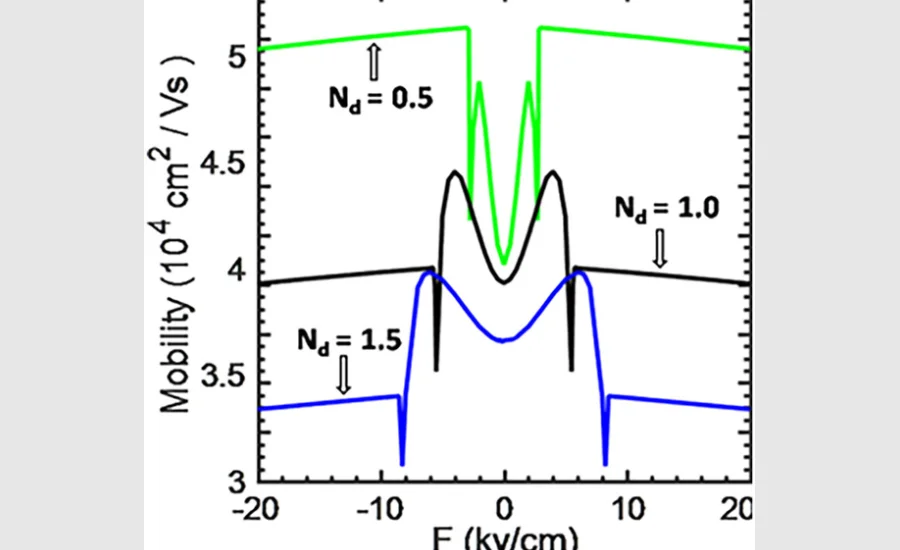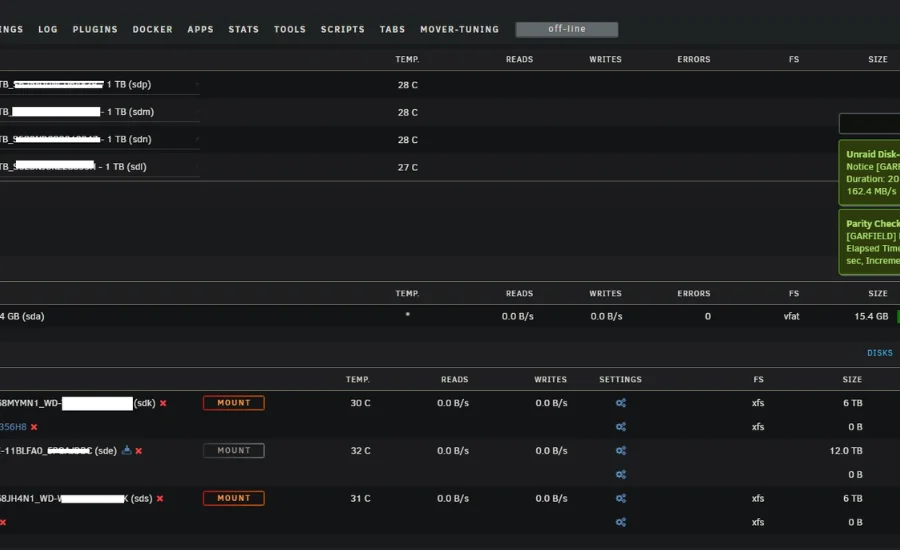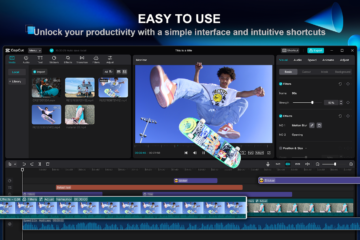Let me introduce you to the Widner Mobility Oscillator (WMO), a ground-breaking instrument that has completely changed how researchers and industries examine movement patterns. This cutting-edge tool has dramatically improved our capacity to collect and analyze mobility data, providing hitherto unattainable insights.Whether your field is engineering, healthcare, or sports science, the WMO provides a powerful perspective on mobility dynamics.
Let’s explore what makes the Widner Mobility Oscillator stand out. Its cutting-edge technology allows for precise measurements of movement, enabling a deeper understanding of how motion influences various aspects of life and work. The WMO’s innovative approach to data collection and analysis has opened new avenues for research and practical applications, making it a valuable asset across multiple disciplines.
Understanding the Widner Mobility Oscillator (WMO): A Modern Tool for Analyzing Movement Dynamics
The Widner Mobility Oscillator (WMO) is an advanced instrument designed to assess the dynamic behavior of various systems, with a focus on measuring mobility. Mobility, in this context, refers to the ease with which an object or system can move or adapt within its environment.
The WMO operates based on principles of oscillation and resonance. It generates specific frequencies and analyzes the resulting responses to capture essential data about movement patterns. This capability is crucial for studying fluid dynamics and other related phenomena in different settings.
A notable feature of the WMO is its ability to distinguish between static and dynamic responses. Static measurements offer insights into baseline conditions, while dynamic assessments reveal how systems adapt and respond in real-time. This dual capability allows for a comprehensive understanding of performance variations.
The precision of the WMO is a significant advantage, enabling users to detect subtle differences in performance that might be missed by traditional tools. This level of detail supports more informed decision-making across diverse fields, including engineering and healthcare, where understanding mobility and adaptability can lead to significant advancements.
The Evolution and Impact of the Widner Mobility Oscillator (WMO)

The history of the Widner Mobility Oscillator (WMO) is extensive and parallels the progress made in the field of mobility analysis. The WMO was first conceived in the early 2000s with the goal of filling in knowledge gaps regarding human movement patterns. The initial goal of research was to develop a tool that would enable more precise analysis and capture of the nuances of mobility.
As technology progressed, so did the capabilities of the WMO. The integration of advanced sensors and sophisticated data analytics transformed it into a highly precise instrument for measuring various mobility parameters. These advancements have greatly enhanced the WMO’s functionality, allowing for more detailed and accurate assessments.
Over time, the WMO has undergone numerous iterations, each improving upon the last. Early versions were focused on basic oscillation measurements, but newer models now employ complex algorithms that provide a deeper understanding of movement dynamics. This evolution underscores the tool’s growing significance and its ability to adapt to the needs of different fields.
Today, the Widner Mobility Oscillator is widely recognized and utilized across a range of disciplines, from healthcare and urban planning to sports science. Its adaptability and precision highlight its value and promise for ongoing innovation in the field of mobility research.
Addressing Common Misconceptions About the Widner Mobility Oscillator
The Widner Mobility Oscillator (WMO) is often perceived as a tool reserved exclusively for advanced researchers, but this is a misconception. In reality, the WMO is valuable to a wide array of users, including educators and healthcare professionals. Its design and functionality are adaptable, making it accessible for various applications beyond high-level research.
Another myth is that interpreting WMO data requires extensive training. While there is a learning curve, users can quickly gain a foundational understanding and extract meaningful insights with minimal effort. The device is designed to be user-friendly, allowing even those with basic training to benefit from its capabilities.
There is also a belief that the WMO is too complex for everyday use. Contrary to this notion, the device provides practical solutions in fields such as rehabilitation and sports science. Its utility extends to numerous practical applications, making it a versatile tool in both clinical and everyday settings.
Concerns about the WMO’s accuracy and reliability are also prevalent. However, the device has undergone rigorous testing and validation to ensure its effectiveness across various scenarios. Its proven reliability underscores its value and robustness in different contexts.
Finally, some view the WMO as outdated technology. In fact, ongoing advancements and updates ensure that it remains relevant and highly effective in contemporary settings. Recognizing and addressing these misconceptions helps clarify the Widner Mobility Oscillator’s true value and broad applicability.
Keys of the Widner Mobility Oscillator
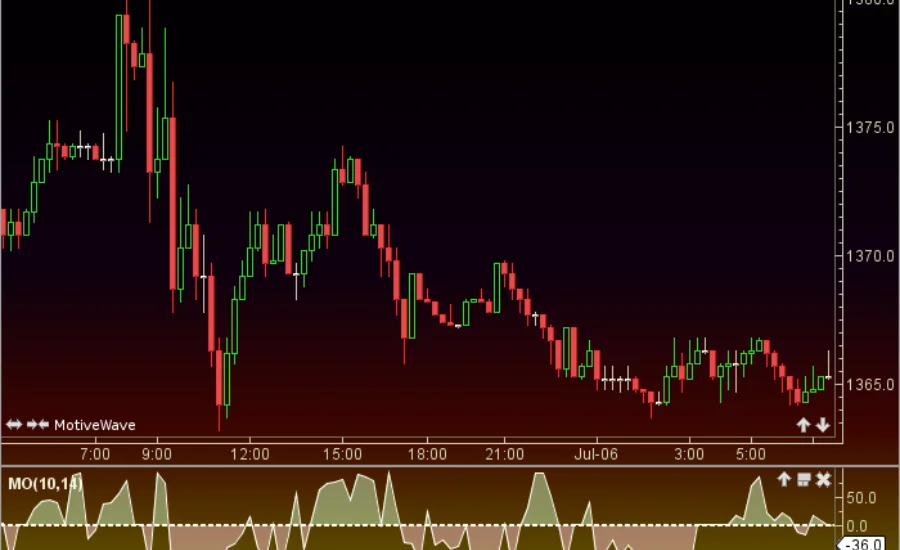
The Widner Mobility Oscillator (WMO) stands out in mobility analysis due to several compelling advantages. Its primary strength is precision. The WMO delivers exceptionally accurate measurements, allowing users to detect even the most subtle changes in mobility patterns. This high level of precision is crucial for detailed analysis and effective monitoring.
Versatility is another significant benefit of the WMO. It is designed to accommodate a wide range of applications, from clinical assessments to sports performance analysis. This adaptability ensures that the WMO can be effectively utilized in various fields, making it a valuable tool across different domains.
The user-friendly nature of the WMO further enhances its appeal. With an intuitive interface, users—regardless of their technological expertise—can easily navigate the system and obtain important data swiftly. This ease of use ensures that valuable insights can be gathered without extensive training.
Real-time feedback is another key feature that sets the WMO apart. The ability to monitor progress instantly allows users to make timely adjustments to their strategies, leading to more informed decision-making.
Additionally, the WMO facilitates improved communication among healthcare professionals, coaches, and athletes by providing standardized metrics. This common understanding fosters better collaboration, ultimately contributing to enhanced outcomes across various fields.
Diverse Applications of the Widner Mobility Oscillator
The Widner Mobility Oscillator (WMO) exhibits exceptional adaptability in a variety of contexts. It is essential to the healthcare industry for monitoring the progress of rehabilitation and evaluating patient mobility. The WMO is a commonly used tool by physical therapists to assess patients’ progress following surgeries or injuries, offering important information about the course of their recovery.
In the realm of sports science, the WMO is instrumental for performance tracking. Athletes and coaches leverage the device to monitor movement efficiency, allowing for the optimization of training programs. This capability helps athletes achieve peak performance while reducing the risk of injuries.
Urban planners also benefit from the WMO’s data. By analyzing pedestrian flow patterns in urban environments, they can design safer and more efficient spaces. Understanding these movement dynamics aids in creating better infrastructure and improving public safety.
Additionally, researchers apply the WMO in environmental studies to monitor animal movements within ecosystems. This data is essential for gaining insights into wildlife behavior and supporting habitat preservation efforts.
Effective Strategies for Analyzing Widner Mobility Oscillator Data
When working with data from the Widner Mobility Oscillator (WMO), achieving clarity is crucial for accurate analysis. Begin by getting acquainted with the measurement scales and units used by the device. A solid understanding of these fundamentals will enable you to interpret the results with precision.
It’s important to benchmark your findings against established standards. Comparing your data with known benchmarks provides valuable context, helping you understand mobility trends within specific populations or environments more effectively.
Utilizing visual tools can significantly improve data comprehension. Graphs and charts can highlight patterns and trends that might not be immediately apparent from raw data alone. These visual aids can make complex information more accessible and actionable.
Be mindful of external factors that could affect your data, such as environmental conditions or demographic changes. Considering these variables is essential for drawing accurate conclusions and ensuring your analysis reflects real-world influences.
Maintaining communication with colleagues who frequently use WMO data can also be beneficial. Engaging with experienced users can offer new insights and practical advice on effective analysis techniques, enhancing your overall approach.
Advantages of the Widner Mobility Oscillator
The Widner Mobility Oscillator stands out from traditional oscillators due to its numerous advantages, making it a preferred choice for various applications. Its design delivers exceptional precision, generating highly accurate frequencies crucial for fields such as telecommunications and medical technology.
One of the key benefits of the Widner Mobility Oscillator is its remarkable stability. It maintains a consistent frequency even when subjected to environmental fluctuations, ensuring reliable performance across different conditions.
Another significant advantage is its dynamic mobility. The oscillator’s ability to adjust its frequency in real-time adds versatility, allowing it to adapt to a wide range of applications with ease.
In addition to its advanced features, the Widner Mobility Oscillator is designed with low power consumption in mind. This efficiency makes it an ideal choice for battery-operated devices, contributing to longer battery life and reduced energy costs.
The oscillator’s durability further enhances its appeal. Its robust construction ensures a long operational lifespan, minimizing the need for frequent replacements and contributing to overall cost-effectiveness.
Enhancing Trading Strategies with the Widner Mobility Oscillator

It is rarely enough to base trading decisions solely on one indicator in order to make informed choices. The Widner Mobility Oscillator (WMO) is a useful tool, but when combined with other technical indicators, it becomes much more effective. One can obtain a more comprehensive understanding of market conditions by combining the WMO with other tools like Moving Averages and the Relative Strength Index (RSI).
Combining multiple indicators allows for the cross-validation of signals. For example, if both the Mobility Oscillator and the RSI signal overbought conditions at the same time, it may suggest a higher probability of a price correction than either indicator would indicate on its own. Similarly, using the WMO alongside Bollinger Bands can help in identifying potential breakouts or reversals, enhancing the insights provided by the mobility readings.
Another useful strategy is to pair the Widner Mobility Oscillator with trend lines. This combination aids in visualizing potential support and resistance levels while concurrently observing market volatility patterns highlighted by the oscillator.
Incorporating these methods into your trading approach adds layers of confirmation, refining your decision-making process. Each indicator offers a distinct perspective on price movements and market dynamics, leading to a more informed and effective trading strategy.
Mastering the integration of the Widner Mobility Oscillator with other technical tools equips traders with a deeper understanding of market trends. This comprehensive approach enhances the ability to navigate complex market conditions and improves the chances of achieving favorable financial outcomes.
Interpreting Mobility Data for Market Trends
Significant price movements are often indicated by high market mobility. A trading environment where prices are likely to move quickly is indicated by high values registered by the Widner Mobility Oscillator (WMO). Because of the increased activity, there may be clear market trends that present traders with opportunities to profit from sudden changes in the market.
On the other hand, low mobility suggests a period of stagnation. In such cases, prices tend to move within a narrow range, lacking the momentum needed to make substantial moves. This reduced volatility can be challenging for traders, as predicting future price movements becomes more difficult when the market is less dynamic.
Understanding these mobility patterns is crucial for traders to adjust their strategies effectively. High mobility may call for more aggressive trading tactics or swift entry into positions to take advantage of market fluctuations. Conversely, low mobility might require a more patient approach, such as range trading, until a breakout or a significant trend emerges.
Versatility and Impact of the Widner Mobility Oscillator
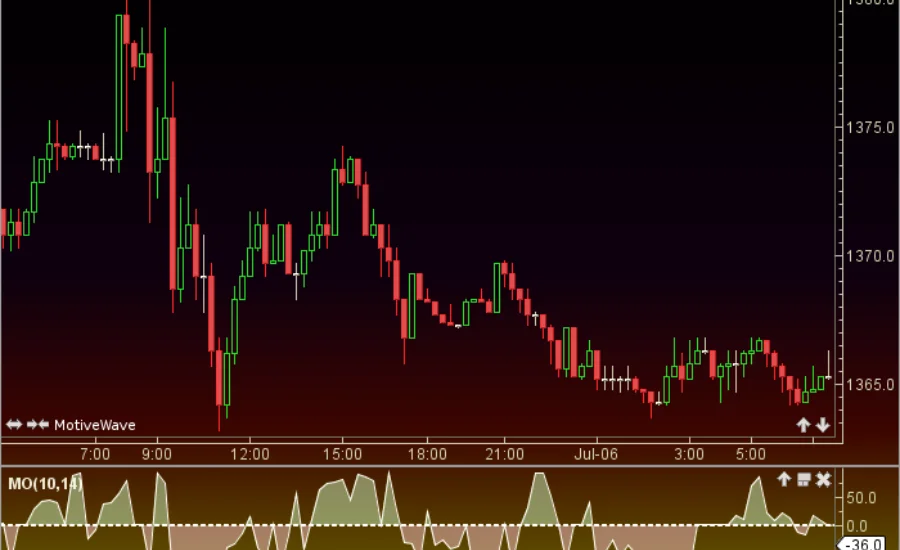
Engineers have designed the Widner Mobility Oscillator to be highly adaptable, making it suitable for a broad spectrum of applications, from engineering and robotics to various experimental setups. Its ability to integrate seamlessly with other systems enhances their performance and efficiency, showcasing its flexibility and utility.
The Widner Mobility Oscillator is highly valued for its capacity to address diverse needs, ranging from precision machinery to innovative research environments. Its relevance spans across numerous industries, underscoring its importance in advancing technology and improving operational effectiveness.
This versatile tool is instrumental in both industrial settings and research facilities, demonstrating its significant role in technological development and application. By meeting the demands of various sectors, the Widner Mobility Oscillator proves to be a crucial asset in driving progress across multiple fields.
Final Words
The Widner Mobility Oscillator represents a significant advancement in oscillation technology, offering precision, stability, and versatility across a variety of applications. Its ability to generate highly accurate frequencies, maintain stability amidst environmental changes, and adjust dynamically makes it a standout choice for fields ranging from telecommunications to medical devices.
Its low power consumption and long lifespan further enhance its appeal, making it suitable for battery-powered devices and reducing the need for frequent replacements. As technology continues to evolve, the Widner Mobility Oscillator’s role in driving innovation and efficiency remains pivotal, reflecting its importance in both industrial and research settings.
Overall, the Widner Mobility Oscillator exemplifies the potential of modern engineering to address complex challenges and improve performance across diverse applications, establishing itself as an invaluable tool in the advancement of technology.
For more information and any kind of updates from our site join us on Twinkle Crest

